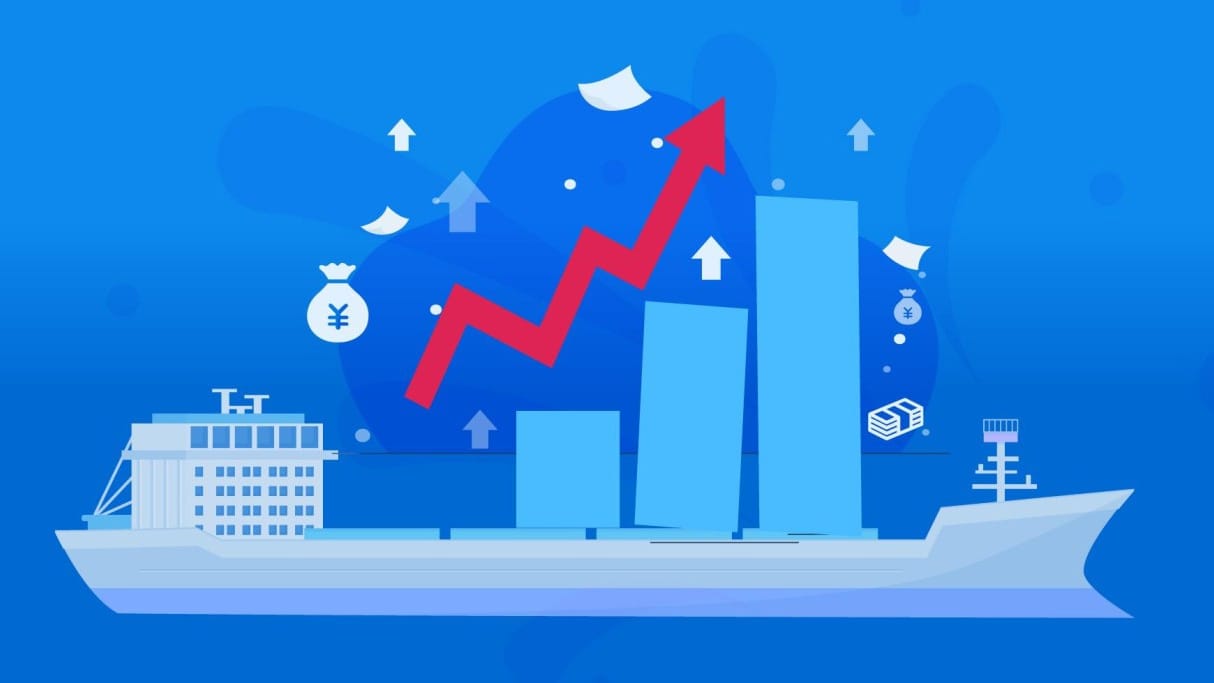Recently, the maritime shipping market has captured the spotlight once again, with a surprising trend emerging: freight rates continue to climb, even during what is traditionally considered the off-season. At Shunshida International Logistics, we’ve delved into the matter and identified four major factors contributing to this unusual phenomenon.

1. Ongoing Red Sea Crisis Forces Route Detours, Exacerbating Congestion
The European shipping lanes have been plagued for an extended period by the ongoing crisis in the Red Sea, compelling vessels to take lengthy detours around Africa’s Cape of Good Hope. This not only extends voyage durations and hikes costs but also strains the already limited capacity of African routes, where a surge in ships has led to longer waiting times, more transshipment ports, and consequently, a shortage of returning containers. This is a primary cause of the recent container scarcity crisis.
2. New Energy Vehicles Heat Up South American Markets, Hogging Maritime Resources
In South America, the surge in demand for Chinese new energy vehicles (NEVs) has ignited a frenzy. News of Brazil’s impending tariffs on Chinese NEVs in July and beyond has prompted automakers to frantically ship vehicles, even without firm orders. Reports indicate that one automaker has already dispatched over 100,000 vehicles, flooding destination terminals. NEVs are hogging maritime resources, leading shipping lines to redirect vessels from West Africa to South America, which, in turn, has sparked a general increase in West African shipping rates.
3. Looming US Tariff Threats Drive Chinese Firms to Diversify and Importers to Stockpile
As the US election nears, rhetoric about imposing 50-60% tariffs on Chinese goods has intensified. This political climate has compelled Chinese companies to accelerate investments in South America and prompted many importers to stockpile goods in anticipation of potential tariff hikes. This preemptive behavior has brought forward peak shipping season, further fueling freight rate hikes.
4. Maritime Giants Collude on Price Increases, Exploiting Market Conditions
Amidst these disruptions, the major shipping lines have capitalized on the chaos, tacitly coordinating price hikes. Exporters, already facing slim margins, are now being squeezed even harder by these relentless rate increases. Finding containers has become a race, with unreliable estimated times of arrival (ETAs) adding to the uncertainty.
Conclusion
In conclusion, the relentless climb in maritime shipping rates during an off-season is a complex interplay of multiple factors. For exporters navigating this challenging environment, proactive planning and efficient operations are crucial to mitigate the impact of soaring freight costs. As globalization continues to evolve, adaptability and innovation will be key to thriving amidst the ever-changing tides of the shipping industry.
